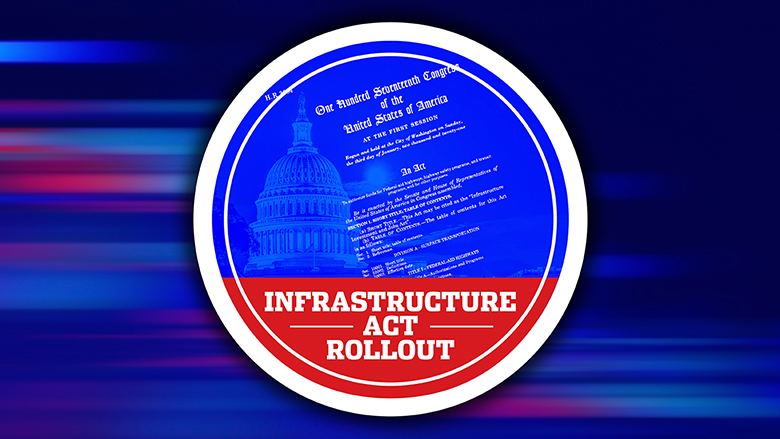Intercity passenger rail corridors are poised to gain more funding opportunities under the Infrastructure Investment and Jobs Act before the end of the year, as the U.S. transit industry continues to receive record levels of investment. Transit and rail ridership is recovering from the pandemic, but advocates continue to grapple with labor and climate change issues.
Ridership nationwide is at about 70% recovery, said Paul Skoutelas, president and CEO of the American Public Transportation Association (APTA), speaking to attendees of its annual meeting in Seattle Oct. 11-12. While celebrating the record $210 billion in federal investment over five years, he also noted that worker shortages are leading to service reductions at some agencies. “We are wrapping infrastructure investment in the stories of our riders,” he said, speaking to public advocacy of transit.
Last year APTA launched a two-year equity pilot project that now has 88 members, noted Jeff Nelson, its board of directors chair and CEO of the Rock Island County Metropolitan Mass Transit District. Ronnie Hakim, HNTB national transit and rail leader, added that “we are about to start fixing the problems” of communities historically displaced by the Interstate Highway System.
Potential solutions include enhancing intercity passenger rail corridors. The Federal Rail Administration in June posted a notice of funding on the Federal Register for development of an inventory of projects along the Northeast Corridor, noted Jennifer Mitchell, FRA deputy administrator. The NEC inventory will be published this fall, she said, with notice of funding opportunity for federal-state partnerships to follow.
The FRA will look at both funding projects in early development phases as well as advancing major projects and state of good repair, she added. The FRA is also developing a governance tool to aid state agencies in forming compacts with federal partners.
Amit Bose, FRA Administrator, added that the federal agency has established or reorganized offices. For example, the offices of railroad program development and railroad planning and engineering are combined and a separate office of environmental program management has been formed.
“We want to offer [technical assistance] as you develop your corridors,” he told attendees.
Transit Trends
Federal Transit Administration Administrator Nuria Fernandez told attendees that $34 billion in funding has been dispersed this fiscal year, with $41 billion obligated. Loss of revenue due to the pandemic and recruiting workforce remain “acute” challenges, as is the supply chain issue.
The FTA is partnering with the Office of Housing and Urban Development to link affordable housing and transit, including spending $90 million on transit-oriented development and changing zoning and land-use laws, she said.
She announced Oct. 11 that more than two dozen American Indian Tribes and Alaska Native communities would receive $8.6 million in grants. The competitive grants under FTA's Tribal Transit Program come on top of more than $35 million in formula funding for Tribal Transit each year.
The FTA also announced more than $600 million to replace aging railcars through next January.
Noting that transit infrastructure has a $100-billion backlog of state-of-good-repair projects, Fernandez added that the Capital Investment Grants program will get a $23-billion boost over the 5-year period of the IIJA.


